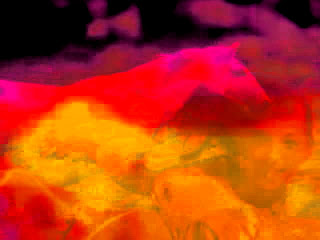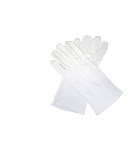To wrap up The Assistant 2010, some reflections were sought from the participants. More information on The Assistant 2011 will follow in due course.
The established artists were asked the following questions:
1. What do you think of the way your instructions/ input were responded to?
2. What did you think of the final exhibition/ work?
The assistants were asked:
1. What did you make of the instructions/ input you were given, was it a useful process?
2. What do you think about the piece of work you produced?
The Assistant 1:
Maria Fusco:
* Successive outputs may have the potential to improve upon the last.
* A desire to consume.
* We think we know what the written word sounds like, do we know what it
looks like?
* A private exposure of public workings.
Kate Pickering:
1. I enjoyed the challenge of responding to the instructions sent by Maria, they were so precise and yet there was space within those constraints for me to develop the work according to my own interests. Maria was very hands off after the initial input of the instructions, there was no back and forth conversation or negotiation, which in some ways was a positive thing, as it meant I could develop the work without further influence, which seemed unnecessary as the instructions were so specific.
2. Its hard to say what I think of the work I produced, as it seems quite different from the work I was making before, even though it ended up being a video installation and had some similar content. I think that even if it is not entirely successful as a piece of work it was certainly a positive experience to work through which may well feed into the way I work in the future. I felt really pressed for time in the run up to the show and so it was one of the quickest pieces of work I have produced considering there is quite alot going on in it, but that did focus me and meant I had to be decisive, although I wonder with more time how it would have turned out differently. Generally working as Maria’s ‘assistant’ was a really positive experience for me, I liked this form of collaboration.
The Asssistant 2:
Gordon Cheung:
1. Considering that I probably inadvertently gave him the worst possible rule: ‘there are no rules’ Blue responded with producing work that was strong. I came into this thinking that there would be an organic discursive process but the unfamiliarity of each other’s work compounded by the divergent expectations from both of us made it too great a gap to be able to bridge in the short time that we could meet. Ultimately I should have set down clear rules to enable that discussion but failed to achieve that and Blue responded very well considering the lack of detail from my side.
2. The final exhibition was as expected finely presented work with some aspects being left ‘unfinished’ which in the context of his other works I understand as being a strong concious decision for Blue such as the ‘unfinished/work in progress’ beading on the tyre and the video tape strung out and ‘uncombed’. Whether that is such a huge leap in terms of doing something new only Blue can really judge that. It does not really detract from the visual impact that he had achieved through the economy of his configurations, use of beautiful objects and relationships to the space.
Blue Curry:
1. Rather than instruct me, Gordon actively challenged the idea of needing instructions or rules as an artist. He felt that there should be no sort of hierarchy which would give one artist the right to dictate what another artist does and therefore decided not to give me any rules. I was a bit flummoxed by this as it seemed to undermine the very premise of the Assistant project. So, by not having any rules or instruction I was being ‘set free’ from the constraints that the project outlined which for me essentially meant that I would be working as I normally would in my practice. In the end I came up with my own restrictions and limitations which came out of the conversations that I had with Gordon about my working style. I felt I needed to create rules to make the work produced feel specific to the idea of the project and not just something else I was working on in the studio at that moment. The interaction with Gordon was quite useful in a general sense and I appreciate the friendship that this project has initiated, but I think he could have used this opportunity to put some sadism into action and to have challenged the hell out of me – or at least I would have!
2. My work for the Assistant was mostly uninformed by any sort of collaborative process so I was initially a bit uncomfortable with showing it in the gallery in the context of the project. I was also slightly unsure of the work itself in that it was left unfinished in an attempt to show work in progress rather than my usual polished final output. I worried that it might seem somewhat contrived in that work that is trying to be unfinished is still finished with that goal in mind. Fortunately, based on the feedback I received from viewers, none of this internal worry actually reflected in the work. The unfinished pieces were not even recognised as such. I found it interesting that how I felt about the work was closely bound up in a sense that I had failed the curatorial mission and that I had to look at the work again, forgetting the Assistant project, to realise that it was strong in its own right. Thinking about it, in the end the work I created did benefit from the process that came out of the project and are therefore a valid and representative product of it.






















